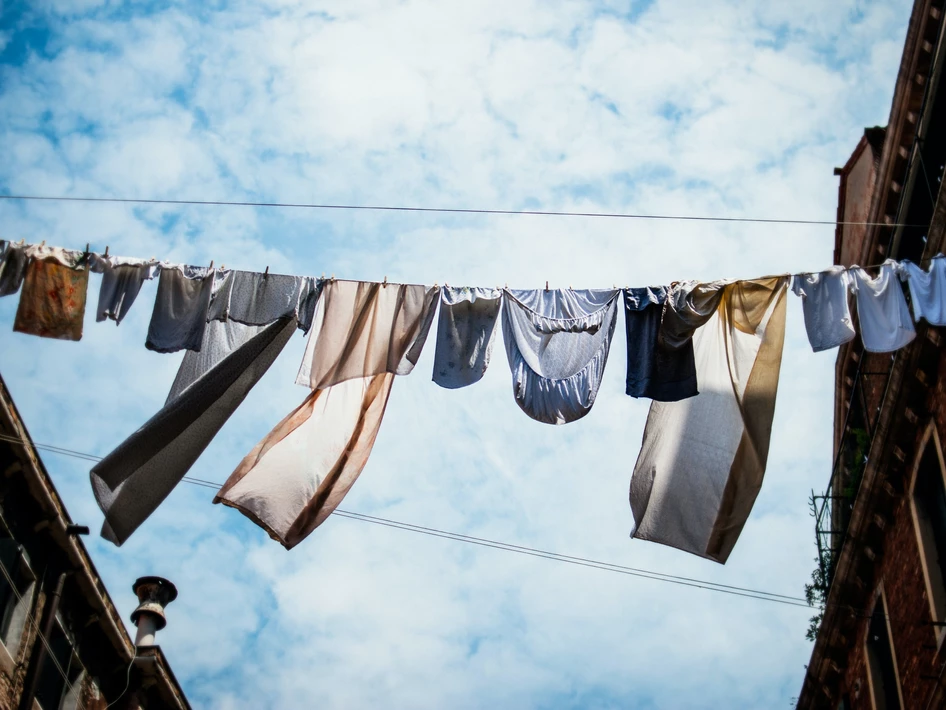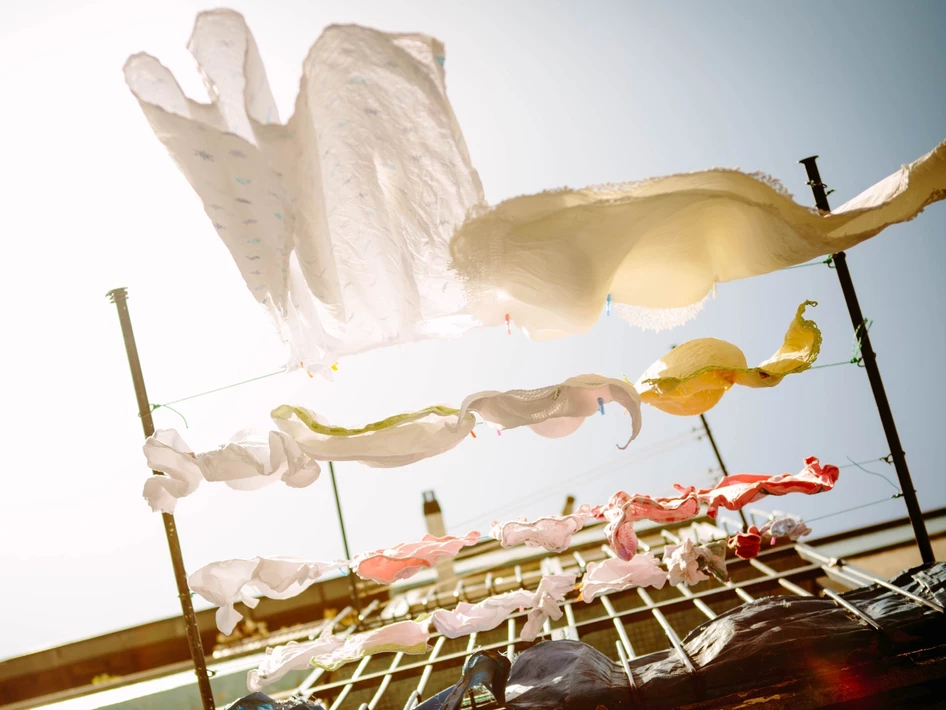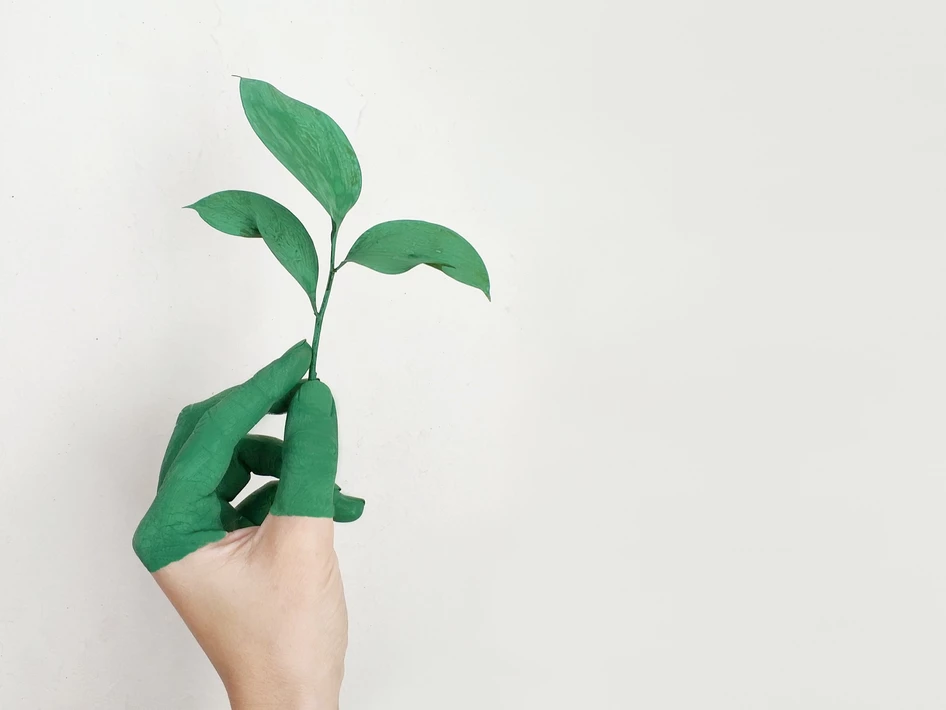The most sustainable garment is the one already in your wardrobe.’ – Orsola de Castro, co-founder, Fashion Revolution
STEP 1: SWAP YOUR DETERGENT
THE NOT-SO-PRETTY: There’s a reason they recommend separate detergents for babies. Most commercial detergents have been found to contain a host of harmful chemicals, from allergy-causing artificial fragrances, to phosphates and surfactants, which cause damage to aquatic as well as to human life. Skin irritants at their mildest and endocrine disruptors as well as carcinogens (cancer-causing substances) at worst, these chemicals seep into water bodies, via groundwater, leeching them off oxygen and suffocating marine life. Remember the foaming Bellandur Lake in Bengaluru?
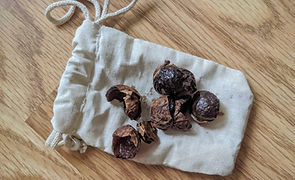
MAKE IT PRETTY: The simplest swap is to an eco-friendly detergent, such as one made of soapnut or reetha, a time-tested cleaning agent. These are easily available online, from brands such as Rustic Art, The Better Home, Clean Cult, Wild Ideas and Bubble Nut. Since natural cleansers are less sudsy, they use much less water, too, and you don’t need a separate detergent for your little one!
If DIY is your thing, The Spruce has some great recipes for laundry products. For the really patient and determined sustainability enthusiasts, we recommend making your own bioenzyme at home. Combine citrus peels, jaggery and water in a 3:1:10 ratio, and put it in an airtight container. Open the lid, once every 2-3 days, to let out the gases. Your first lot of bioenzyme cleaner will be ready for use in about 3 months. Did we mention patience?
STEP 2: WASH CLOTHES RESPONSIBLY
THE NOT-SO-PRETTY: With our scorching heat and pollution, most of us toss our clothes in for a wash after every wear. Even our jeans! And then, we run our machines at least once a day. Irrespective of load. Think of all the water and power we end up using, when we could just as easily club our washloads!
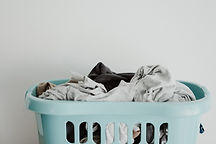
MAKE IT PRETTY: Fix your laundry days and run it only when the load is full. You won’t just save water and energy but also your precious time! And if you really need that pair of pants on war footing, spot clean it and/or airdry it. For handwashing delicate garments, use water from a bucket, making sure not to keep the water running—every drop counts!
STEP 3: CONSIDER YOUR FABRICS
THE NOT-SO-PRETTY: Multi-fabric blends—that’s most fast fashion garments—have polyester or polyamide, which release microplastics and chemicals into the water, every time they’re washed. According to a study at Plymouth University, UK, a single wash releases as many as 7,00,000 microplastic fibres!
And then you have fabrics like denim, which was designed to last months without a wash but we don’t treat it that way, tossing our jeans in the laundry after just three or four wears.
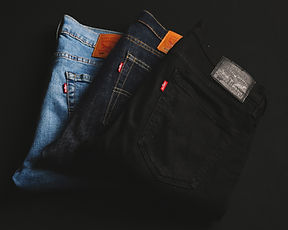
MAKE IT PRETTY: Ask yourself: Does this garment really need to be washed right now? Maybe a good airing out, or a short date with the sun can do the job. Or simply rinsing it out in water and letting it dry. At a 2014 event, Levi’s CEO Chip Bergh famously declared never having washed his 10-year-old pair of denims. You don’t need to go that far! But do consider the need for a wash before tossing your clothes into the laundry bin. Except your workout gear. Those need to be washed every single time!
STEP 4: MAKE FRIENDS WITH THE SUN
THE NOT-SO-PRETTY: Automatic washing machines have definitely made our lives easier but did you know, dryers amount for almost half a ton of carbon emission when used every other day?
MAKE IT PRETTY: India, being a tropical country, gets a lot of sunlight. Make the most of it! Drip-drying your clothes in the sun, instead of electric drying them, not only saves on energy, but also helps kill unwanted bacteria that may have escaped the wash cycle. After all, isn’t that how our grandparents dried their clothes. Pro tip: Hanging your clothes straight to dry them, also makes ironing easier or even redundant, saving you more time and electricity!
STEP 5: RECYCLING WASTEWATER
THE NOT-SO-PRETTY: The dirty water we let out after every wash is known as greywater. Most standard machines use 14 gallons (about 65 litres) of water per load. The greywater is then just let out into the sewage disposal. Every single time—imagine the waste!
MAKE IT PRETTY: The greywater can be collected in a bucket and reused to wash floors, doormats, shoes, your car… anything that needs a sturdy wash. If you’re using an organic detergent, you can even use the grey water to water your plants. If you have a lawn, you can attach another pipe to the outlet to take the water out.
STEP 6: KNOW YOUR WASHING MACHINE
THE NOT-SO-PRETTY: Did you know, a top-loading washing machine uses twice as much water as a front-loading machine? No, we’re not asking you to ditch the machine you have. We know washing machines are a costly affair. Besides, much of their carbon footprint comes from the manufacturing process, so we need to make them last as long as possible.
MAKE IT PRETTY: Always run your washing machine when it is full, but never overloaded—it could damage the machine. Secondly, you need to clean it regularly, to ensure it runs smoothly and consumes less electricity. You also need to clean out the filter, so it catches all the microplastics efficiently and doesn’t allow them to run with the greywater. And if you are going for a new washing machine, check the energy star ratings—you need at least a three star. Oh, and remember, a front-loading machine uses half the water a top-loading machine does!

